Pablo Morales-Alvarez
VICause: Simultaneous Missing Value Imputation and Causal Discovery with Groups
Oct 15, 2021

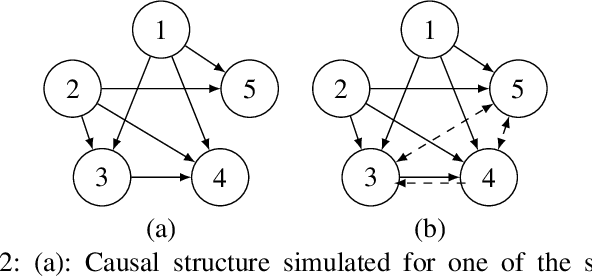
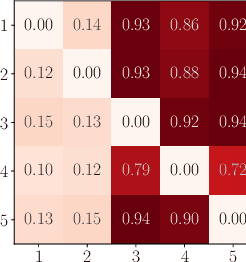
Abstract:Missing values constitute an important challenge in real-world machine learning for both prediction and causal discovery tasks. However, existing imputation methods are agnostic to causality, while only few methods in traditional causal discovery can handle missing data in an efficient way. In this work we propose VICause, a novel approach to simultaneously tackle missing value imputation and causal discovery efficiently with deep learning. Particularly, we propose a generative model with a structured latent space and a graph neural network-based architecture, scaling to large number of variables. Moreover, our method can discover relationships between groups of variables which is useful in many real-world applications. VICause shows improved performance compared to popular and recent approaches in both missing value imputation and causal discovery.
Deep Gaussian Processes for Biogeophysical Parameter Retrieval and Model Inversion
Apr 16, 2021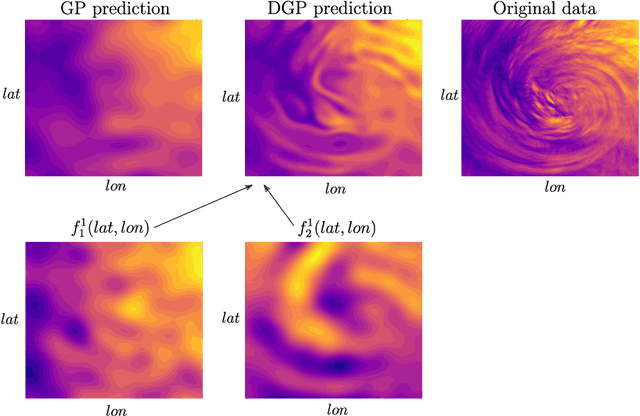

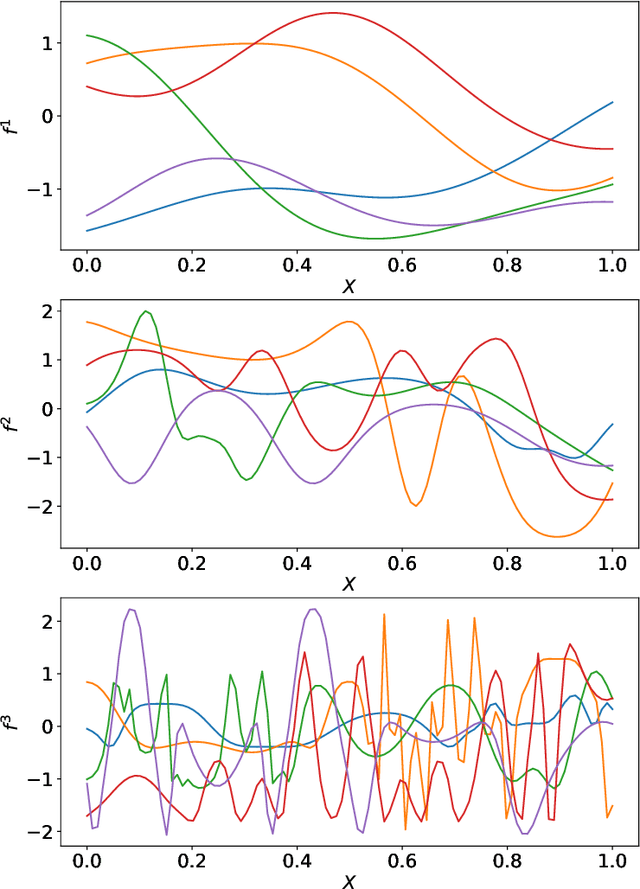
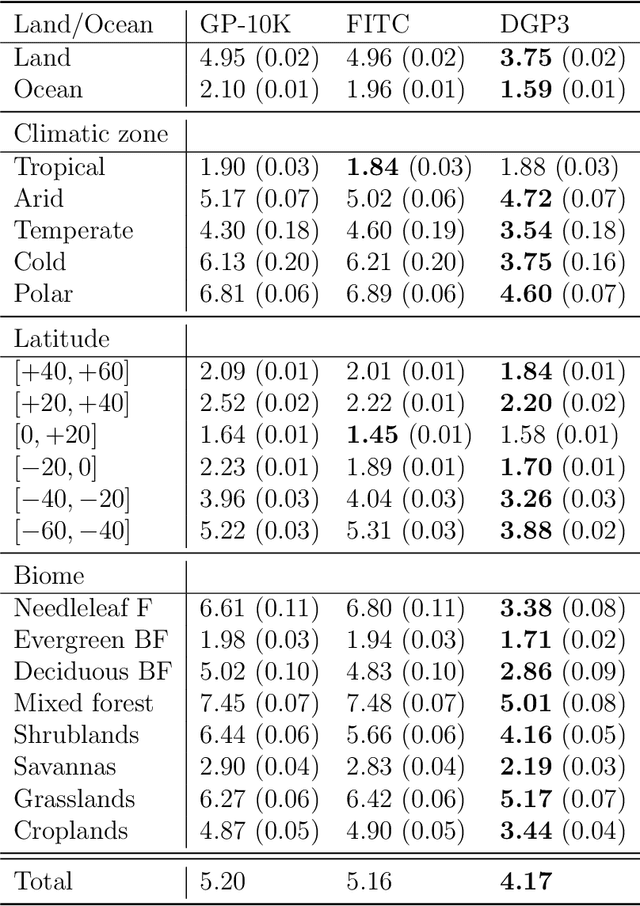
Abstract:Parameter retrieval and model inversion are key problems in remote sensing and Earth observation. Currently, different approximations exist: a direct, yet costly, inversion of radiative transfer models (RTMs); the statistical inversion with in situ data that often results in problems with extrapolation outside the study area; and the most widely adopted hybrid modeling by which statistical models, mostly nonlinear and non-parametric machine learning algorithms, are applied to invert RTM simulations. We will focus on the latter. Among the different existing algorithms, in the last decade kernel based methods, and Gaussian Processes (GPs) in particular, have provided useful and informative solutions to such RTM inversion problems. This is in large part due to the confidence intervals they provide, and their predictive accuracy. However, RTMs are very complex, highly nonlinear, and typically hierarchical models, so that often a shallow GP model cannot capture complex feature relations for inversion. This motivates the use of deeper hierarchical architectures, while still preserving the desirable properties of GPs. This paper introduces the use of deep Gaussian Processes (DGPs) for bio-geo-physical model inversion. Unlike shallow GP models, DGPs account for complicated (modular, hierarchical) processes, provide an efficient solution that scales well to big datasets, and improve prediction accuracy over their single layer counterpart. In the experimental section, we provide empirical evidence of performance for the estimation of surface temperature and dew point temperature from infrared sounding data, as well as for the prediction of chlorophyll content, inorganic suspended matter, and coloured dissolved matter from multispectral data acquired by the Sentinel-3 OLCI sensor. The presented methodology allows for more expressive forms of GPs in remote sensing model inversion problems.
Remote Sensing Image Classification with Large Scale Gaussian Processes
Oct 03, 2017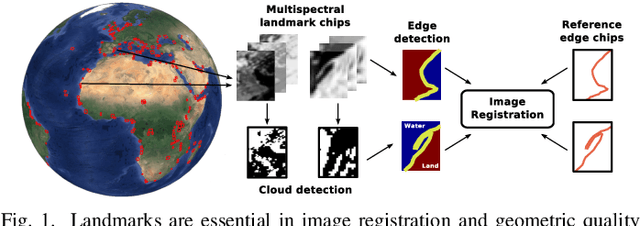

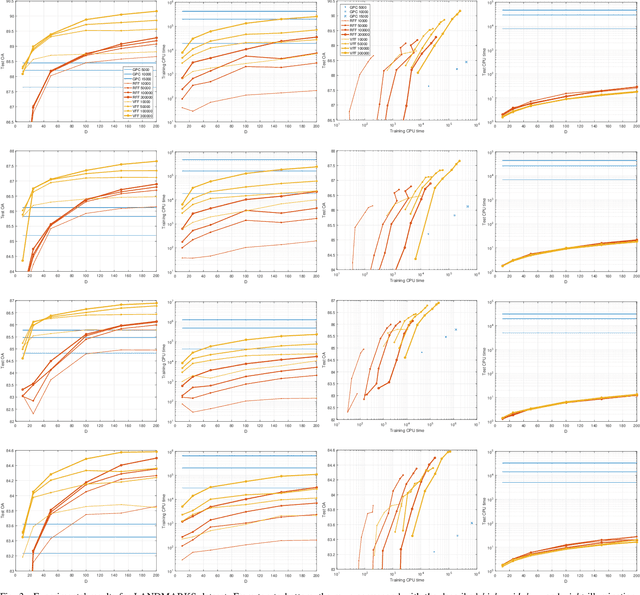
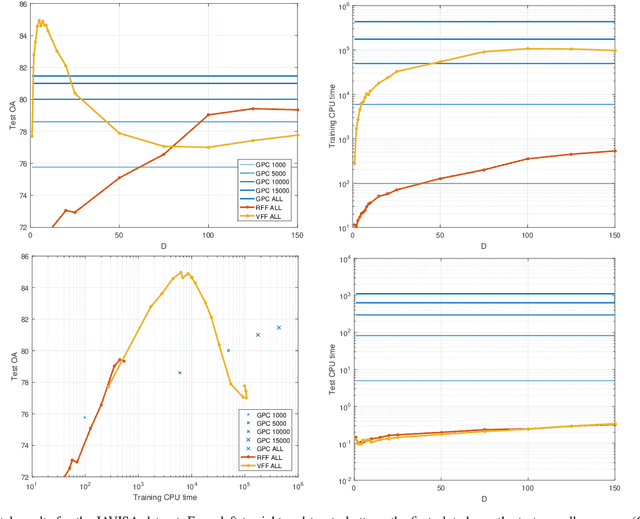
Abstract:Current remote sensing image classification problems have to deal with an unprecedented amount of heterogeneous and complex data sources. Upcoming missions will soon provide large data streams that will make land cover/use classification difficult. Machine learning classifiers can help at this, and many methods are currently available. A popular kernel classifier is the Gaussian process classifier (GPC), since it approaches the classification problem with a solid probabilistic treatment, thus yielding confidence intervals for the predictions as well as very competitive results to state-of-the-art neural networks and support vector machines. However, its computational cost is prohibitive for large scale applications, and constitutes the main obstacle precluding wide adoption. This paper tackles this problem by introducing two novel efficient methodologies for Gaussian Process (GP) classification. We first include the standard random Fourier features approximation into GPC, which largely decreases its computational cost and permits large scale remote sensing image classification. In addition, we propose a model which avoids randomly sampling a number of Fourier frequencies, and alternatively learns the optimal ones within a variational Bayes approach. The performance of the proposed methods is illustrated in complex problems of cloud detection from multispectral imagery and infrared sounding data. Excellent empirical results support the proposal in both computational cost and accuracy.
 Add to Chrome
Add to Chrome Add to Firefox
Add to Firefox Add to Edge
Add to Edge